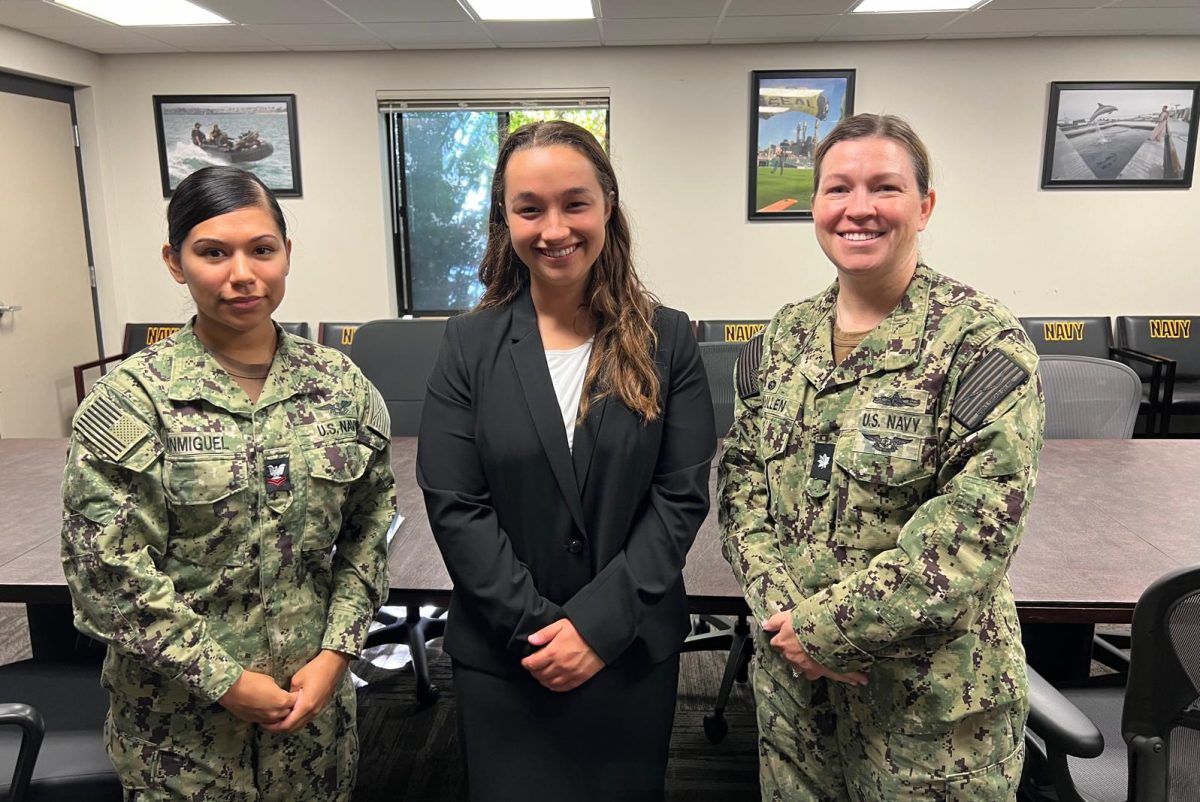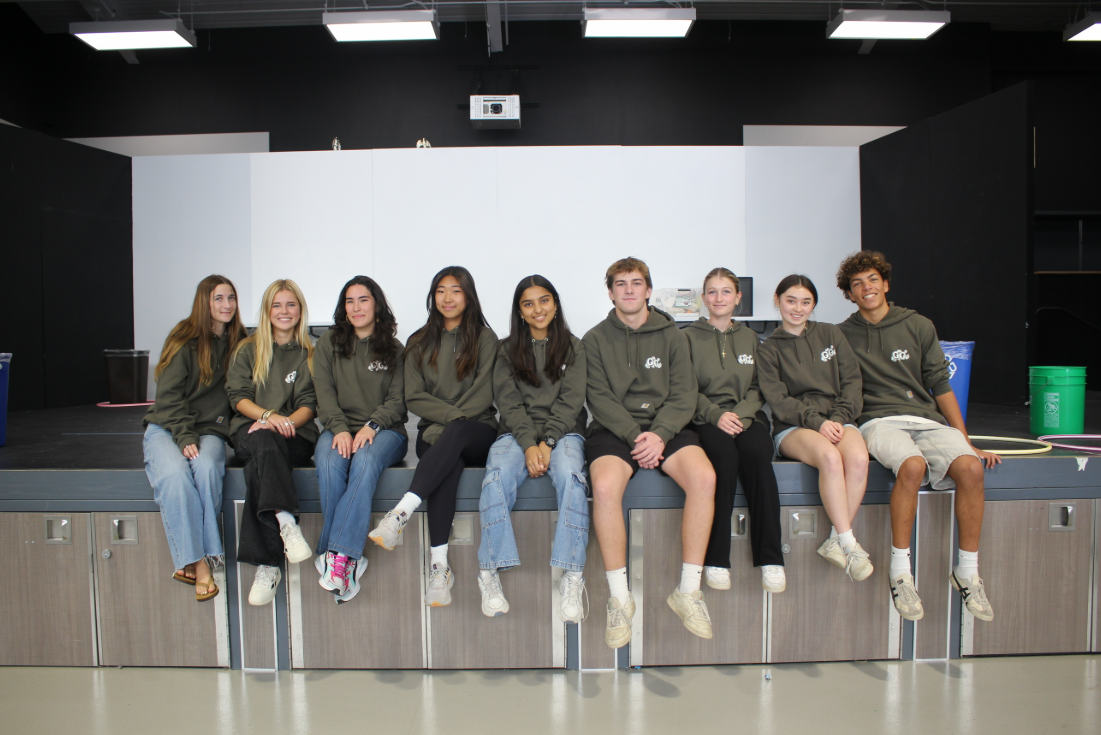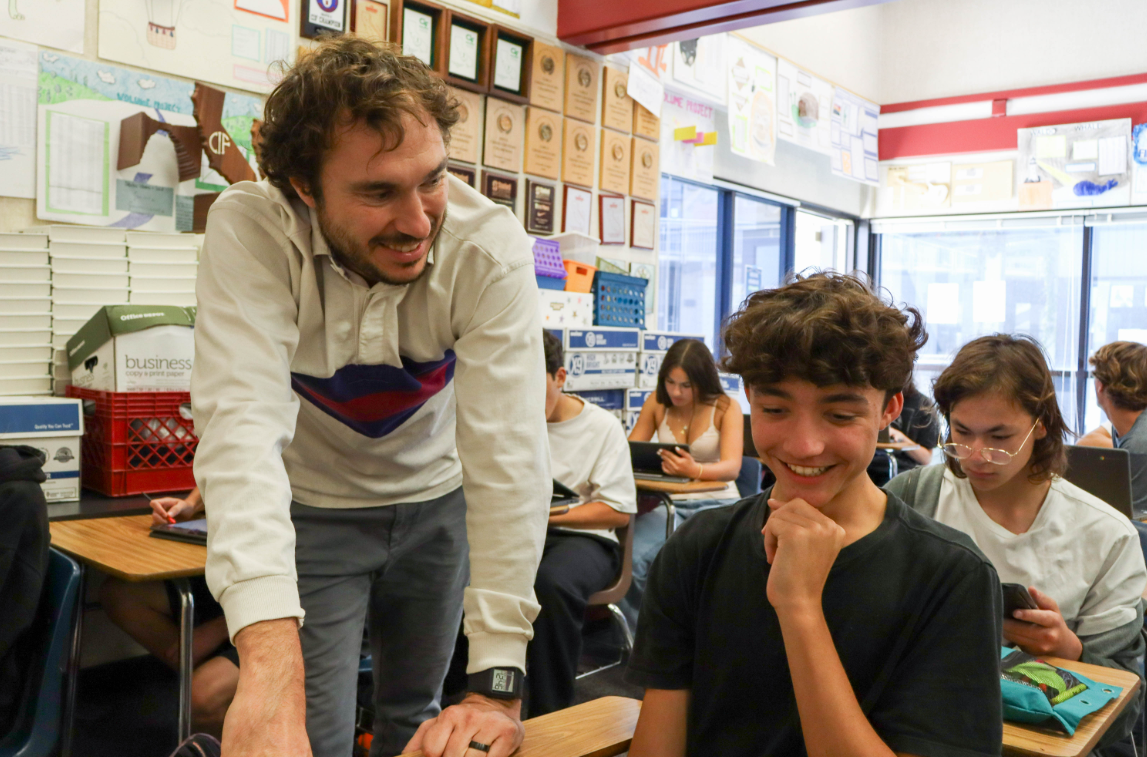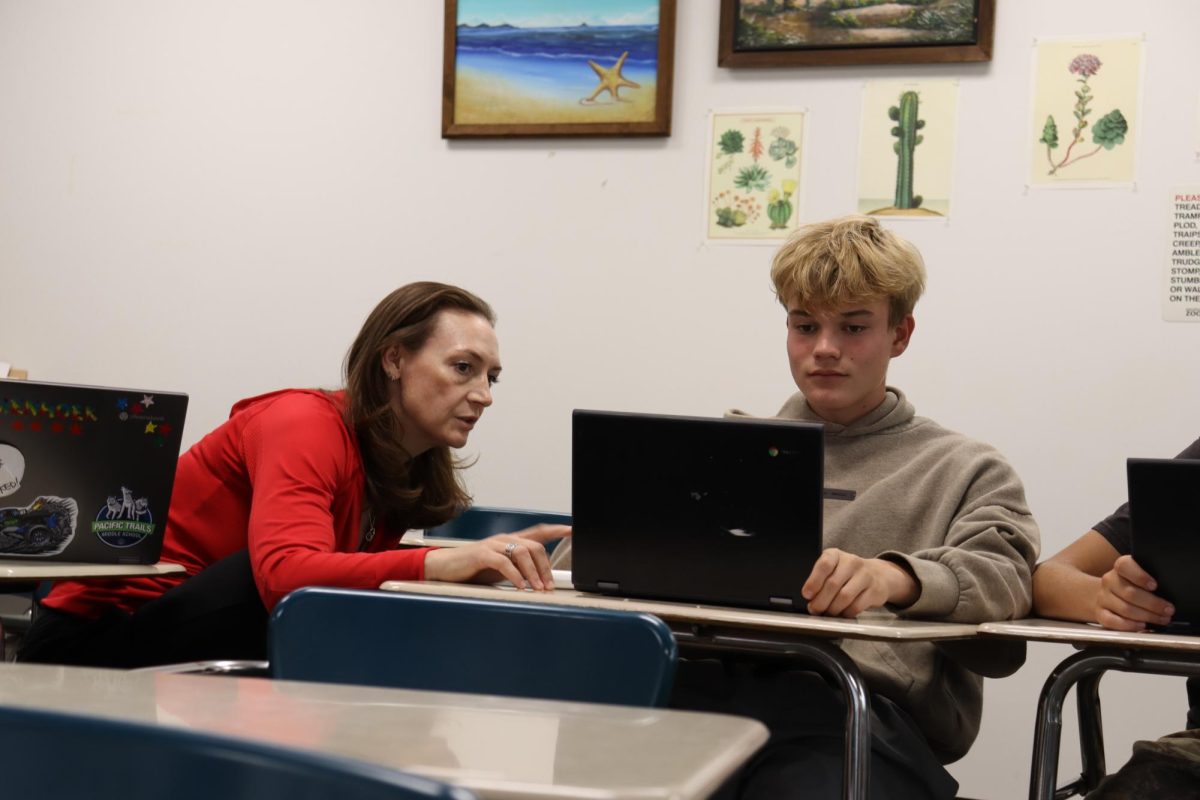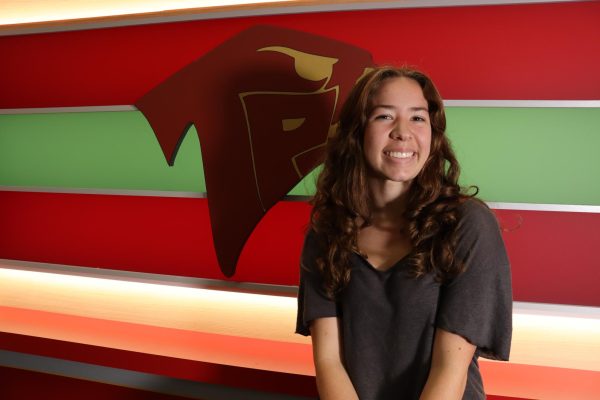As college application season comes to a close, a niche branch of universities is already sending back admissions decisions to prospective students: military and service academies. With only one student having reported acceptance and admission to a service academy — Natalie Wang (‘24) to the U.S. Naval Academy — last year, more admissions decisions are starting to return. Among the many students at the school who have applied to a service academy for the fall 2025 semester, Emma Schreuder-Welte (12), Jack Sheehy (12), John Prior (12) and Sarah Sicat (12) are just a few who have received admission into their respective schools.
For Schreuder-Welte and Sicat, their passions for the military came with time and exposure from family.
“I was always curious about the military growing up by talking to the veterans in my family, which led me to join a JROTC-style youth military program,” Schreuder-Welte said. “[It] afforded me so many invaluable experiences … and has given me a pretty good glimpse of military life. A service academy will allow me to further my education while also setting the foundation for a career as a Naval officer, which is my dream.”
Sicat’s ties to the military — and the academy she is committed to, the U.S. Military Academy West Point — stemmed first and foremost with her parents.
“The military has been part of my life for a long time because both of my parents went to West Point, along with my uncles and grandpa,” Sicat said. “My parents were never on active duty, but my uncles were.”
Sheehy was also introduced to the military pathway at a young age, and by sixth grade “knew [he] wanted to go to a service academy.”
While family is an important part of support to attend a service academy, personal ambition is also a major driving force. For Prior, this fostered his urge to apply to West Point.
“My passion and love for my country, coupled with my innate sense of leadership have called me to military service,” Prior said. “On top of this, the ability to play D1 lacrosse at [West Point] made the decision especially easy.”
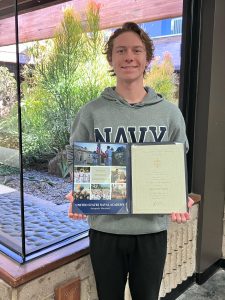
Despite all being inspired to attend service academies because of shared enthusiasm to serve their country, each student has distinct fields they aspire to be a part of.
“The aspects of military service that appeal to me the most are combat arms, especially the team component that the infantry represents,” Prior said. “I plan to major in either Defense and Strategic Studies to learn about general military tactics and the implementation of those tactics on a global scale, [but] long term I want to succeed in the infantry branch, specifically Special Forces. I have my eye on Delta Force, as those are the absolute best of the best.”
Admitted with a spot on the women’s rugby team at the Naval Academy, Schreuder-Welte plans to start there and move forward to her career goals.
“I want to get through Plebe Summer, become a starter on the Navy Women’s Rugby team and help them beat Army [team],” Schreuder-Welte said. “Long-term, I want to graduate with a chemistry degree and commission into either the aviation or surface warfare community … both of which require a strong foundation of scientific understanding to properly operate the aircraft or naval vessels.”
Instead of active duty like Schreuder-Welte, a potential career pathway for Sicat lies in giving back to the community that supported her in her schooling.
“I might want to do military intelligence or engineering,” Sicat said. “More recently I started thinking about working at West Point and teaching … that would be my dream job.”
As an avid STEM student, Sheehy seeks to specialize in a specific branch of engineering after his time at the Naval Academy.
“I want to be in the submarine force for the Navy,” Sheehy said. “They’re such a tight knit community, and they have such a big impact, despite being so small. My goal is to eventually become a commander, but first I want to graduate from the academy and then work towards that goal of becoming an officer or submarine commander one day.”
Students don’t have to go through this process alone. Christina Hooton, one of the school’s counselors, shed light on how she supports prospective academy students throughout their experiences, especially since she spent part of her career as a Marine.
“[My history in service] helps me to be able to give my students a lived experience perspective when discussing options after high school, as well as the benefits and drawbacks to serving,” Hooton said. “I’m open to talking to all TPHS students who are interested in joining the military and want to chat with someone who served, even if they are not in my caseload.”
From a counselor’s perspective, Hooton acknowledges the key tactics to use to get a leg up in the application process.
“It’s competitive, but do-able,” Hooton said. “I think it’s most important to keep the key dates in mind for applications and ensure students have all the application materials and requirements that they need. [More specifically,] height and weight standards and the ability to pass the physical fitness tests can definitely hold up someone joining the military.”

According to Hooton, “a pretty small amount of the military as a whole are service members who attended service academies … as it is much more common for service members … to do Reserve Officers’ Training Corps (ROTC) … at a regular university or do an enlisted to commissioned officer program.” Regardless of how students intend to begin their service, the school provides many resources for those interested in advancing their education in service academies on the TPHS Counseling website. For students with further questions, Hooton recommends speaking with recruiters from their respective branch, as “they will have the most up to date and accurate information for them. [Students] can also ask people they know who have been in the military about their experiences to help gauge if it would be a good fit for them.”
For now, though, all of the students are anxiously awaiting their time at their academies, and engaging in their new communities is a shared goal among them.
“I am really looking forward to the strong sense of camaraderie, as well as the opportunity to be stationed in different parts of the country or world,” Schreuder-Welte said. “I am so excited to experience the unique traditions and customs of the academy, from the Army-Navy football game to the Herndon Monument Climb, Sea Trials, Ring Dance, company traditions and all of the little superstitions and shenanigans perpetuated by each class of midshipmen. Fun and difficult, I’m just excited to soak it all in.”
Along with new relationships forged at the fires of the service academies, there is also space for reconnecting with old friends.
“I’m most excited for the relationships I’m going to have,” Sicat said. “I used to live in Georgia, and my best friend whose family had all gone to West Point did swim with me. She just committed to swim at West Point, so I’m really excited to see her once we both end up going and reconnect.”
As a few students who were successful in the process that led them to their service academies, they expressed what worked for them throughout the admissions process, and how they achieved their goals.
“To get into a service academy, you have to be well-rounded in academics, athletics and leadership, so I set a lot of goals in each of those categories,” Schreuder-Welte said. “I often wanted to quit or lacked motivation on certain things, but I knew I had to stick with it if I wanted to get into the Naval Academy. It was challenging, but I couldn’t be more glad that I did it.”
Sheehy recollected what he learned from his own experience and the wisdom passed on from his father in order to have an optimal experience at the Naval Academy.
“One of my dad’s biggest regrets was he treated [attending the academy] very much like high school: get the grades and do well,” Sheehy said. “I definitely want to experience some of the football games and stuff, and that’s something he told me to do. I’m really focused on enjoying life there because it’s unique, [and], it’s something you won’t get the chance to do again. I want to find new things that I haven’t thought of doing before. I want to make a lot of friends, and I want to enjoy myself there.”
Sicat’s process impacted the way that she views and will continue to view her future, starting with the academy.
“Service is gratitude,” Sicat said. “When I was younger, I took a lot of the privilege from San Diego for granted, but now my perspective on life and my future career has broadened so much. I’m ready to accept that my life is going to change a lot.”


